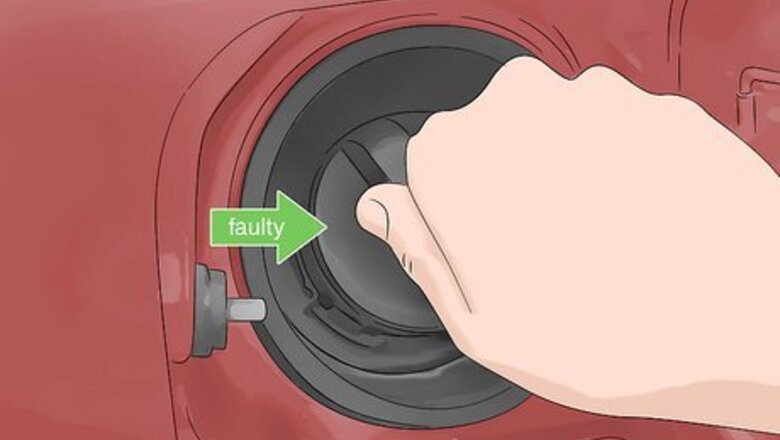
views
Reasons for the Gas Odor

Missing or faulty gas cap If your gas cap is loose or it isn’t properly covering the valve because it was damaged, gas fumes can escape. This will cause a slight gas odor—especially on the outside of the vehicle near your gas tank. Signs this is the problem: Check your gas cap to see if the threading is damaged or if there’s something wrong with the valve. The solution: Try removing and reinstalling the gas cap to see if that solves the problem. If it doesn’t, replace your gas cap.
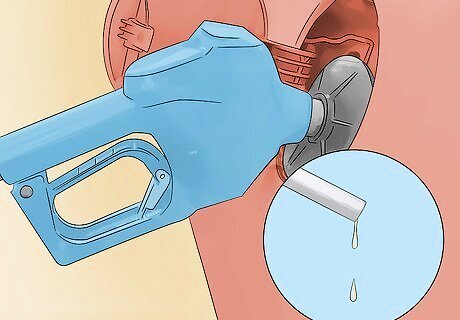
You just refueled If you just filled your tank and now you’re smelling fuel, the odds are extremely high a drop or two simply spilled somewhere. Even if you don’t see any droplets or you don’t think you spilled anything, it’s still possible you drove through a small gas puddle at the refilling station. You may have also spilled on your hands or clothes. Signs this is the problem: Check the area around the fuel tank valve for drips or droplets. If you see any, consider the question answered. The solution: Wash your hands and clothes. Lower your windows and just drive for a while. The fumes will go away. If they don’t after a day, the problem is elsewhere.
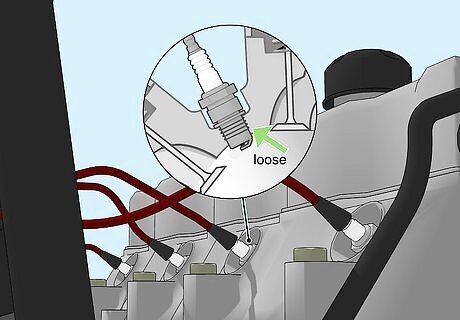
Loose spark plugs Inside of each cylinder in your engine, air and fuel mix together. The spark plug provides the spark necessary to ignite that mixture and run your engine. But if a spark plug is loose, the air and fuel can leak out and lead to that gas odor you smell. Signs this is the problem: Look for a check engine light on your dashboard and listen to your engine. If it’s louder than it should be or you have rough idling, you may have a loose spark plug. The solution: With the vehicle off, remove the battery terminals. Then, remove the fuel rail line from the top of the engine if necessary. Unlock and remove the ignition coils and use a torque wrench to ensure each spark plug is secure.
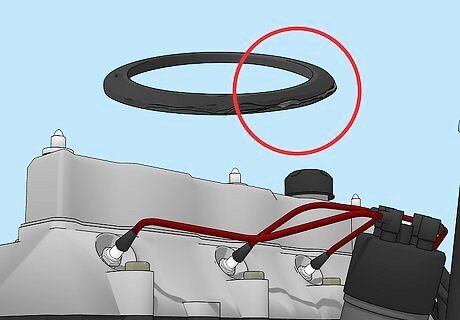
Faulty O-ring or oil cap The oil cap covers the valve where you fill the vehicle with engine oil. That cap usually has a rubber O-ring inside that’s designed to help keep the seal airtight. If either the cap or that O-ring are damaged, oil can leak out and burn. In addition, without enough oil, the engine can struggle to burn off all the gas being fed into it. All of this may cause a gas aroma. Signs this is the problem: Pop the hood and locate your oil cap. Wipe the area around the cap to see if oil comes up. If it does, you’ve got a leak. If you don’t see any oil, the cap is probably fine. The solution: Find a replacement cap and O-ring. Toss the old cap and install the new set.
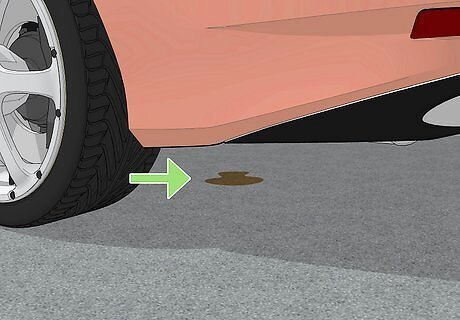
Fuel tank leak This is admittedly one of the problems where you’d probably spot the leak, but smaller leaks can elude even the most diligent drivers. A fuel tank leak would cause a gas odor both when you approach the car and when you drive. Signs this is the problem: Look under your car for dripping fuel. In addition, monitor the fuel gauge to see if it drops faster than it normally would. Both of these signs point to a fuel tank leak. The solution: Take the vehicle to a mechanic to have them inspect your fuel tank for leaks.
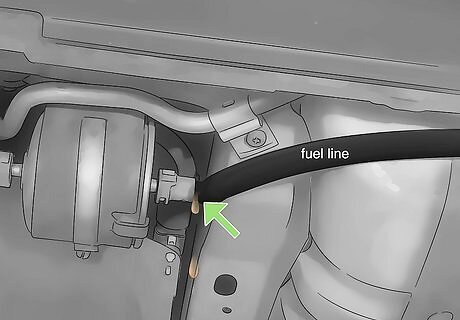
Fuel line leak If the fuel tank isn’t leaking, it could be that the fuel lines feeding fuel from your tank to the engine are to blame. Even a tiny leak can cause a serious gas aroma, and it’s possible that the leak is being burned away before it can even form a puddle under the car, so you may not have the easiest time spotting the leak. Signs this is the problem: Look under the car for fuel puddles. You may also notice your mileage is a lot worse than it should be. The solution: See your mechanic and ask them to check your fuel lines for potential leaks. They’ll patch the issue up for you.
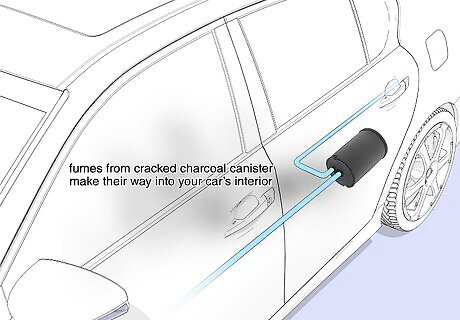
Cracked charcoal canister The charcoal canister is a key component of the evaporative emission control system (EVAP), which absorbs fuel fumes to keep them from leaking into the environment. If the charcoal canister is cracked, the excess fuel fumes from your gas tank won’t have anywhere to go. Eventually, those fumes will make their way into your car’s interior. Signs this is the problem: Look for a check engine light and other funky odors, like rotten eggs. You may also struggle to pump gas in your car if the canister is clogged. The solution: See a professional mechanic to have them scan your EVAP for errors and inspect the canister. They’ll make the repairs as needed.
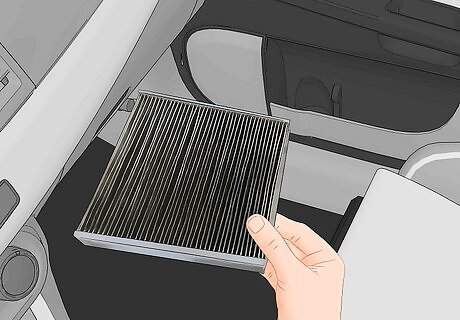
Dirty cabin filter The cabin filter is designed to absorb any yucky fumes and pollution created by your engine from entering the interior of the vehicle. If the cabin filter is filthy though, it may not do a great job of keeping the air clean. You may start smelling gas, oil, and all kinds of unpleasant aromas as they bleed into your interior. Signs this is the problem: Pull out the cabin filter. It’s normally located behind the back panel inside of your glove box, but it may be in your engine bay. If it’s visibly dirty, this is likely the cause of the odor. The solution: Swap the cabin filter out for a fresh one and you’re good to go!
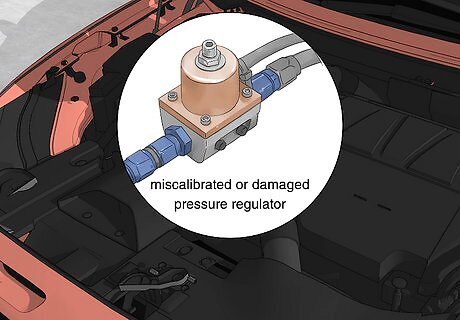
Fuel pressure regulator issues This is a relatively fringe cause for gas aromas, and it’ll likely only happen if you drive a carbureted car, but if your fuel pressure regulator is miscalibrated or damaged it can cause gas aromas. If the regulator is feeding too much fuel to the engine, it will run rich and the excess fuel will burn off and lead to the fumes you’re smelling. Signs this is the problem: Symptoms here include black smoke in your tailpipe, a check engine light, and poor vehicle performance. The solution: This is a niche problem that requires the help of a specialist, so see a mechanic to get your fuel system inspected and repaired.
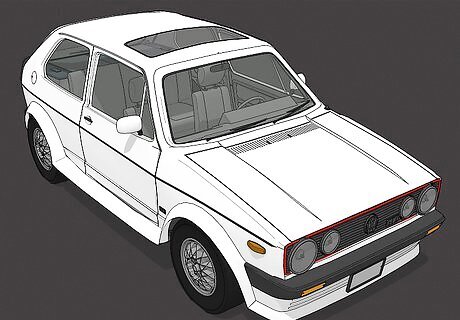
Vehicle made before 1985 If you’re worried about a gas odor when you start up your vintage vehicle, you probably don’t have anything to worry about. Cars made before the mid-1980s usually have a carburetor design where a float sits in a bowl of gas. When you start the engine, the float moves to allow the flow of gas into the engine. But it was soaking in fuel, and those fumes will persist for a few minutes when you start the vehicle. Signs this is the problem: The car smells faintly like fuel when you start it up and that odor goes away after a few minutes. The solution: No need to fix anything. This is normal in older vehicles.
Is it safe to drive if I smell gas in my car?

No, this is both a health risk and a potential fire concern. The fact that you’re smelling fuel means it’s somewhere that it shouldn’t be. This is a problem for two reasons. First, gas fumes are noxious and bad for your health. Second, gas is combustible and flammable, which means that your car’s engine bay could ignite at any moment if you continue driving. Get a tow truck to have your vehicle towed to the mechanic if you smell fuel. Don’t worry about a minor exposure to gas fumes. The health risks in the short term for gas exposure are very small, you just don’t want to prolong it.
















Comments
0 comment